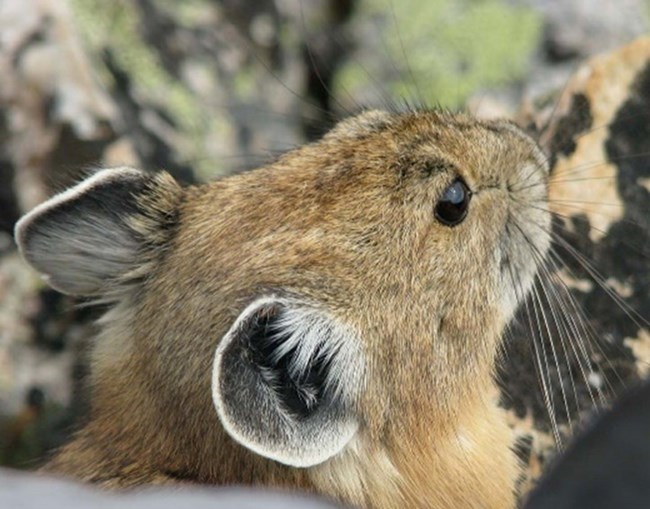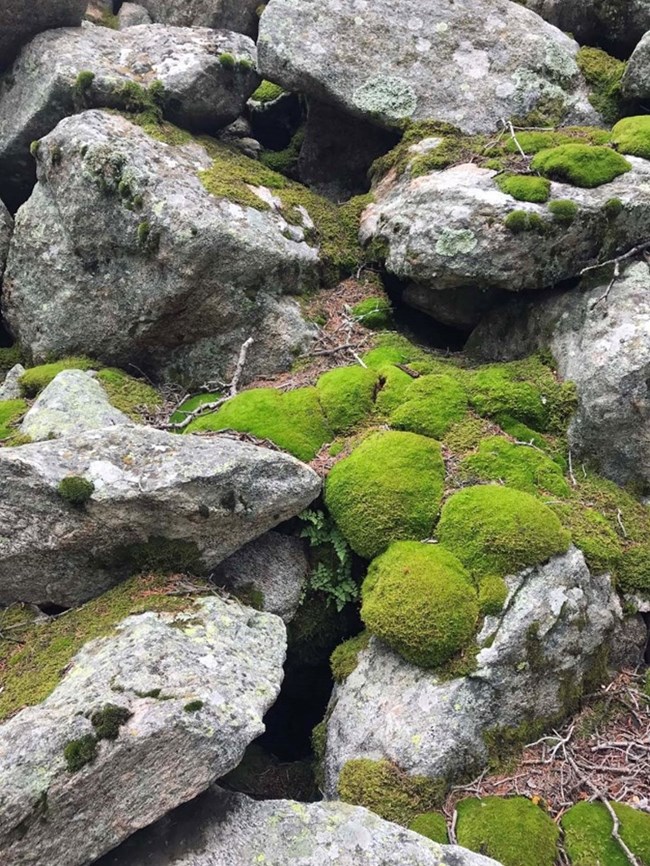Last updated: April 28, 2025
Article
Peeking at Pikas: Status and Vulnerability to Rabbit Hemorrhagic Disease
October, 2024
The American pika (Ochotona princeps), also known as the rock rabbit or mouse hare, is closely related to rabbits and hares, but lives in an unusual habitat. In Great Sand Dunes National Park and Preserve (NPP), pikas live mainly at high elevations in piles of broken rock called taluses. Within taluses, temperatures can be warmer in winter and cooler in summer than the surrounding air, allowing pikas to adapt to a relatively narrow temperature range. Climate change is predicted to threaten pikas, and some populations have already been lost.
The American pika (Ochotona princeps), also known as the rock rabbit or mouse hare, is closely related to rabbits and hares, but lives in an unusual habitat. In Great Sand Dunes National Park and Preserve (NPP), pikas live mainly at high elevations in piles of broken rock called taluses. Within taluses, temperatures can be warmer in winter and cooler in summer than the surrounding air, allowing pikas to adapt to a relatively narrow temperature range. Climate change is predicted to threaten pikas, and some populations have already been lost.

NPS/McLaughlin
Signs of Discovery
Fresh signs of pika were detected in most of the 115 plots surveyed. Pika sign was more likely in plots at higher elevations and where solar radiation was higher at a regional scale (1.1 km around the plot). Here are some major results found:- Estimated pika occupancy was at 95%.
- Fresh rabbit or hare sign was detected in 30% of plots.
- Overall rabbit/hare occupancy was estimated at 66% (after accounting for imperfect detection and varied inversely with elevation).

NPS/Ray
